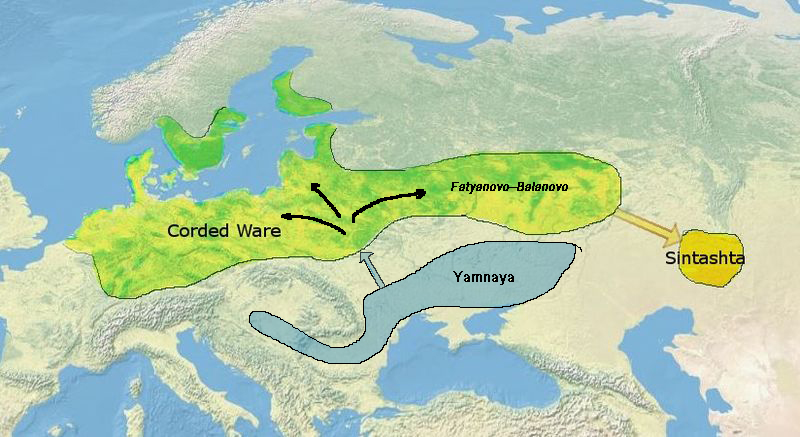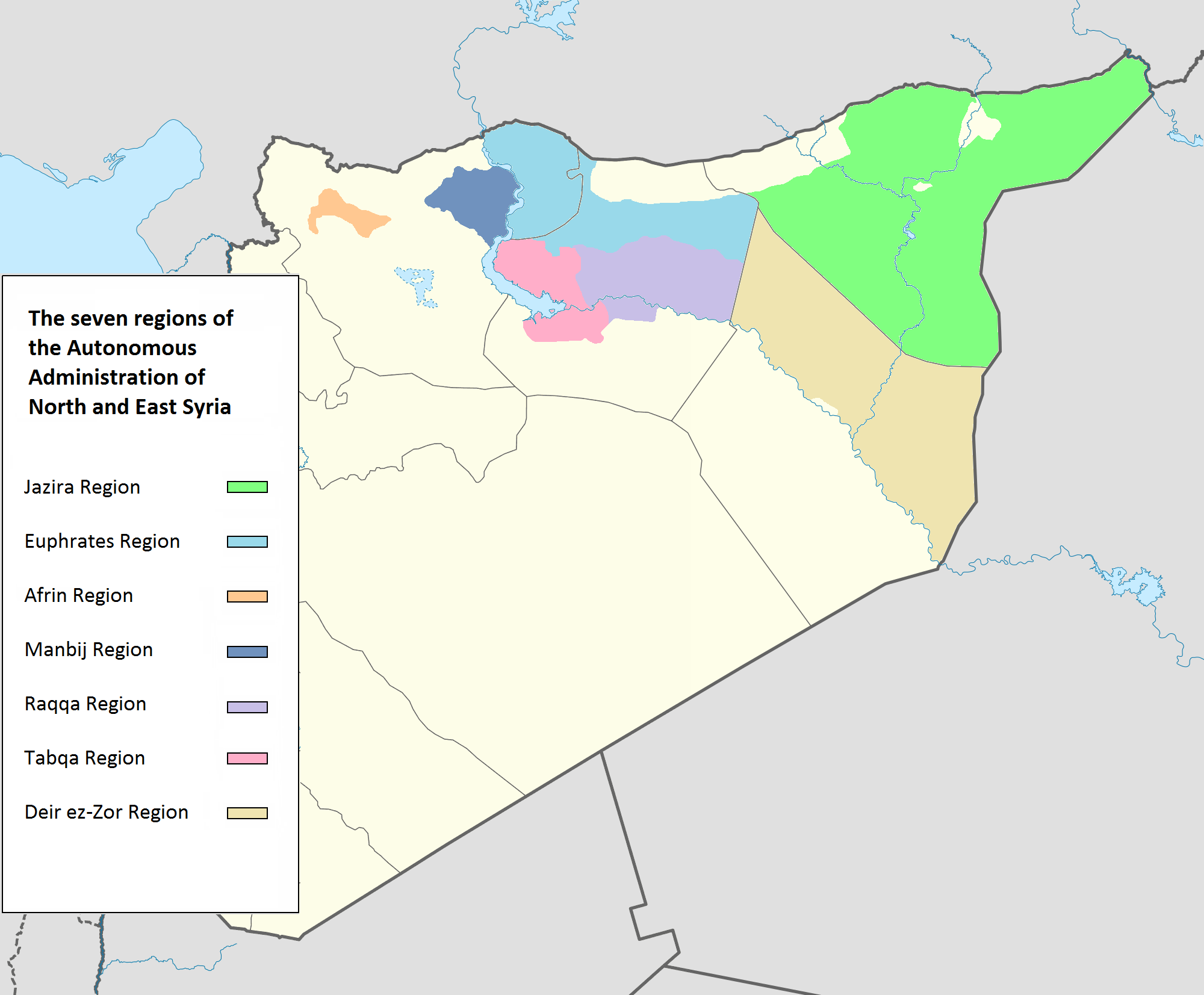|
Indo-Iranians
The Indo-Iranian peoples, also known as Ā́rya or Aryans from their self-designation, were a group of Indo-European speaking peoples who brought the Indo-Iranian languages to parts of Europe, Central Asia, and South Asia in waves from the first part of the 2nd millennium BC onwards. They eventually branched out into the Iranian peoples and Indo-Aryan peoples. Nomenclature The term '' Aryan'' has long been used to denote the ''Indo-Iranians'', because ''Ā́rya'' was the self-designation of the ancient speakers of the Indo-Iranian languages, specifically the Iranian and the Indo-Aryan peoples, collectively known as the Indo-Iranians. Despite this, some scholars use the term Indo-Iranian to refer to this group, though the term "Aryan" remains widely used by most scholars, such as Josef Wiesehofer, Will Durant, and Jaakko Häkkinen. Population geneticist Luigi Luca Cavalli-Sforza, in his 1994 book ''The History and Geography of Human Genes'', also uses the term Aryan to d ... [...More Info...] [...Related Items...] OR: [Wikipedia] [Google] [Baidu] [Amazon] |
Andronovo Culture
The Andronovo culture is a collection of similar local Late Bronze Age cultures that flourished 2000–1150 BC,Grigoriev, Stanislav, (2021)"Andronovo Problem: Studies of Cultural Genesis in the Eurasian Bronze Age" in Open Archaeology 2021 (7), p.3: "...By Andronovo cultures we may understand only Fyodorovka and Alakul cultures..."Parpola, Asko, (2020)"Royal 'Chariot' Burials of Sanauli near Delhi and Archaeological Correlates of Prehistoric Indo-Iranian Languages" in Studia Orientalia Electronica, Vol. 8, No. 1, Oct 23, 2020, p.188: "...the Alakul’ culture (c.2000–1700 BCE) in the west and the Fëdorovo culture (c.1850–1450 BCE) in the east..." spanning from the southern Urals to the upper Yenisei River in central Siberia and western Xinjiang in the east. In the south, the Andronovo sites reached Tajikistan and Uzbekistan. It is agreed among scholars that the Andronovo culture was Indo-Iranian languages, Indo-Iranian.: "Archaeologists are now generally agreed that th ... [...More Info...] [...Related Items...] OR: [Wikipedia] [Google] [Baidu] [Amazon] |
Iranian Peoples
Iranian peoples, or Iranic peoples, are the collective ethnolinguistic groups who are identified chiefly by their native usage of any of the Iranian languages, which are a branch of the Indo-Iranian languages within the Indo-European languages, Indo-European language family. The Proto-Iranian language, Proto-Iranians are believed to have emerged as a separate branch of the Indo-Iranians in Central Asia around the mid-2nd millennium BC. At their peak of expansion in the mid-1st millennium BC, the territory of the Iranian peoples stretched across the entire Eurasian Steppe; from the Danube, Danubian Plains in the west to the Ordos Plateau in the east and the Iranian Plateau in the south.: "From the first millennium b.c., we have abundant historical, archaeological and linguistic sources for the location of the territory inhabited by the Iranian peoples. In this period the territory of the northern Iranians, they being equestrian nomads, extended over the whole zone of the ste ... [...More Info...] [...Related Items...] OR: [Wikipedia] [Google] [Baidu] [Amazon] |
Aryan
''Aryan'' (), or ''Arya'' (borrowed from Sanskrit ''ārya''), Oxford English Dictionary Online 2024, s.v. ''Aryan'' (adj. & n.); ''Arya'' (n.)''.'' is a term originating from the ethno-cultural self-designation of the Indo-Iranians. It stood in contrast to nearby outsiders, whom they designated as non-Aryan (). In ancient India, the term was used by the Indo-Aryan peoples of the Vedic period, both as an endonym and in reference to a region called ''Aryavarta'' (, ), where their culture emerged. Similarly, according to the Avesta, the Iranian peoples used the term to designate themselves as an ethnic group and to refer to a region called '' Airyanem Vaejah'' (, ), which was their mythical homeland. The word stem also forms the etymological source of place names like '' Alania'' () and ''Iran'' (). Although the stem may originate from the Proto-Indo-European language, it seems to have been used exclusively by the Indo-Iranian peoples, as there is no evidence of it having s ... [...More Info...] [...Related Items...] OR: [Wikipedia] [Google] [Baidu] [Amazon] |
Indo-Aryan Peoples
Indo-Aryan peoples are a diverse collection of peoples predominantly found in South Asia, who (traditionally) speak Indo-Aryan languages. Historically, Aryans were the Indo-Iranian speaking pastoralists who migrated from Central Asia into South Asia and introduced the Proto-Indo-Aryan language. The early Indo-Aryan peoples were known to be closely related to the Indo-Iranian group that have resided north of the Indus River; an evident connection in cultural, linguistic, and historical ties. Today, Indo-Aryan speakers are found south of the Indus, across the modern-day regions of Bangladesh, Nepal, eastern-Pakistan, Sri Lanka, Maldives and northern-India. History Proto-Indo-Iranians The introduction of the Indo-Aryan languages in the Indian subcontinent was the outcome of a migration of Indo-Aryan people from Central Asia into the northern Indian subcontinent (modern-day Bangladesh, Bhutan, India, Nepal, Pakistan, and Sri Lanka). These migrations started appr ... [...More Info...] [...Related Items...] OR: [Wikipedia] [Google] [Baidu] [Amazon] |
Sintashta Culture
The Sintashta culture is a Middle Bronze Age archaeological culture of the Southern Urals, dated to the period 2200–1900 BCE. It is the first phase of the Sintashta–Petrovka complex, –1750 BCE. The culture is named after the Sintashta archaeological site, in Chelyabinsk Oblast, Russia, and spreads through Orenburg Oblast, Bashkortostan, and Northern Kazakhstan. Widely regarded as the origin of the Indo-Iranian languages, whose speakers originally referred to themselves as the ''Aryan''s'','' the Sintashta culture is thought to represent an eastward migration of peoples from the Corded Ware culture. The earliest known chariots have been found in Sintashta burials, and the culture is considered a strong candidate for the origin of the technology, which spread throughout the Old World and played an important role in ancient warfare. Sintashta settlements are also remarkable for the intensity of copper mining and bronze metallurgy carried out there, which is unusual f ... [...More Info...] [...Related Items...] OR: [Wikipedia] [Google] [Baidu] [Amazon] |
Indo-Iranian Languages
The Indo-Iranian languages (also known as Indo-Iranic languages or collectively the Aryan languages) constitute the largest branch of the Indo-European language family. They include over 300 languages, spoken by around 1.7 billion speakers worldwide, predominantly in South Asia, West Asia and parts of Central Asia. Indo-Iranian languages are divided into three major branches: Indo-Aryan, Iranian, and Nuristani languages. The Badeshi language remains unclassified within the Indo-Iranian branch. The largest Indo-Iranian language is the Hindustani language (Hindi-Urdu)."Hindi" L1: 322 million (2011 Indian census), including perhaps 150 million speakers of other languages that reported their language as "Hindi" on the census. L2: 274 million (2016, source unknown). Urdu L1: 67 million (2011 & 2017 censuses), L2: 102 million (1999 Pakistan, source unknown, and 2001 Indian census): ''Ethnologue'' 21. . . The areas with Indo-Iranian languages stretch from Europe ( Romani) and ... [...More Info...] [...Related Items...] OR: [Wikipedia] [Google] [Baidu] [Amazon] |
Sintashta
Sintashta is an archaeological site in Chelyabinsk Oblast, Russia. It is the remains of a fortified settlement dating to the Bronze Age, –1800 BC, and is the type site of the Sintashta culture. The site has been characterised as a "fortified metallurgical industrial center." Sintashta is situated in the steppe just east of the southern Ural Mountains. The site is named for the adjacent Sintashta River, a tributary to the Tobol. The shifting course of the river over time has destroyed half of the site, leaving behind thirty one of the approximately fifty or sixty houses in the settlement. The settlement consisted of rectangular houses arranged in a circle 140 m in diameter and surrounded by a timber-reinforced earthen wall with gate towers and a deep ditch on its exterior. The fortifications at Sintashta and similar settlements such as Arkaim were of unprecedented scale for the steppe region. There is evidence of copper and bronze metallurgy taking place in every house exc ... [...More Info...] [...Related Items...] OR: [Wikipedia] [Google] [Baidu] [Amazon] |
Mitanni
Mitanni (–1260 BC), earlier called Ḫabigalbat in old Babylonian texts, ; Hanigalbat or Hani-Rabbat in Assyrian records, or in Ancient Egypt, Egyptian texts, was a Hurrian language, Hurrian-speaking state in northern Syria (region), Syria and southeast Anatolia (modern-day Turkey) with Indo-Aryan languages, Indo-Aryan Indo-Aryan superstrate in Mitanni, linguistic and political influences. Since no histories, royal annals or chronicles have yet been found in its excavated sites, knowledge about Mitanni is sparse compared to the other powers in the area, and dependent on what its neighbours commented in their texts. The Hurrians were in the region as of the late 3rd millennium BC. A king of Urkesh with a Hurrian name, Tupkish, was found on a clay sealing dated at Tell Mozan.Salvini, Mirjo. "The earliest evidences of the Hurrians before the formation of the reign of Mittanni." Urkesh and the Hurrians Studies in Honor of Lloyd Cotsen. Urkesh/Mozan Studies Bibliotheca Mesopotamic ... [...More Info...] [...Related Items...] OR: [Wikipedia] [Google] [Baidu] [Amazon] |
Proto-Indo-Europeans
The Proto-Indo-Europeans are a hypothetical prehistoric ethnolinguistic group of Eurasia who spoke Proto-Indo-European (PIE), the reconstructed common ancestor of the Indo-European language family. Knowledge of them comes chiefly from that linguistic reconstruction, along with material evidence from archaeology and archaeogenetics. The Proto-Indo-Europeans likely lived during the Late Neolithic period (6400 to 3500 BC). Mainstream scholars place them in the Pontic–Caspian steppe across Eurasia (this steppe extends from northeastern Bulgaria and southeastern Romania, through Moldova, and southern and eastern Ukraine, through the Northern Caucasus of southern Russia, and into the Lower Volga region of western Kazakhstan, adjacent to the Kazakh steppe to the east, both forming part of the larger Eurasian Steppe). Some archaeologists would extend the time depth of PIE to the Middle Neolithic period (5500 to 4500 BC) or even the Early Neolithic period (7500 to 5500 ... [...More Info...] [...Related Items...] OR: [Wikipedia] [Google] [Baidu] [Amazon] |
Chariot Burial
Chariot burials are tombs in which the deceased was buried together with their chariot, usually including their horses and other possessions. An instance of a person being buried with their horse (without the chariot) is called horse burial. Finds Novokorsunskaya kurgan in the Kuban region of Russia contains a wagon grave of the Maykop culture (which also had horses). The two solid wooden wheels from this kurgan have been dated to the second half of the 4th millennium BC, fourth millennium. Soon thereafter the number of such burials in this Northern Caucasus region multiplied. The earliest true chariots known are from around 2,000 BC, in burials of the Sintashta-Petrovka culture in modern Russia in a cluster along the upper Tobol river, southeast of Magnitogorsk. They contained spoke-wheeled chariots drawn by teams of two horses. The culture is at least partially derived from the earlier Yamna culture, where some wagon-burials are found, and is interpreted by certain scholars to ... [...More Info...] [...Related Items...] OR: [Wikipedia] [Google] [Baidu] [Amazon] |
Medes
The Medes were an Iron Age Iranian peoples, Iranian people who spoke the Median language and who inhabited an area known as Media (region), Media between western Iran, western and northern Iran. Around the 11th century BC, they occupied the mountainous region of northwestern Iran and the northeastern and eastern region of Mesopotamia in the vicinity of Ecbatana (present-day Hamadan). Their consolidation in Iran is believed to have occurred during the 8th century BC. In the 7th century BC, all of western Iran and some other territories were under Median rule, but their precise geographic extent remains unknown. Although widely recognized as playing an important role in the history of the ancient Near East, the Medes left no written records to reconstruct their history. Knowledge of the Medes comes only from foreign sources such as the Assyrians, Babylonians, Armenians and Ancient Greece, Greeks, as well as a few Iranian archaeological sites, which are believed to have been occu ... [...More Info...] [...Related Items...] OR: [Wikipedia] [Google] [Baidu] [Amazon] |








